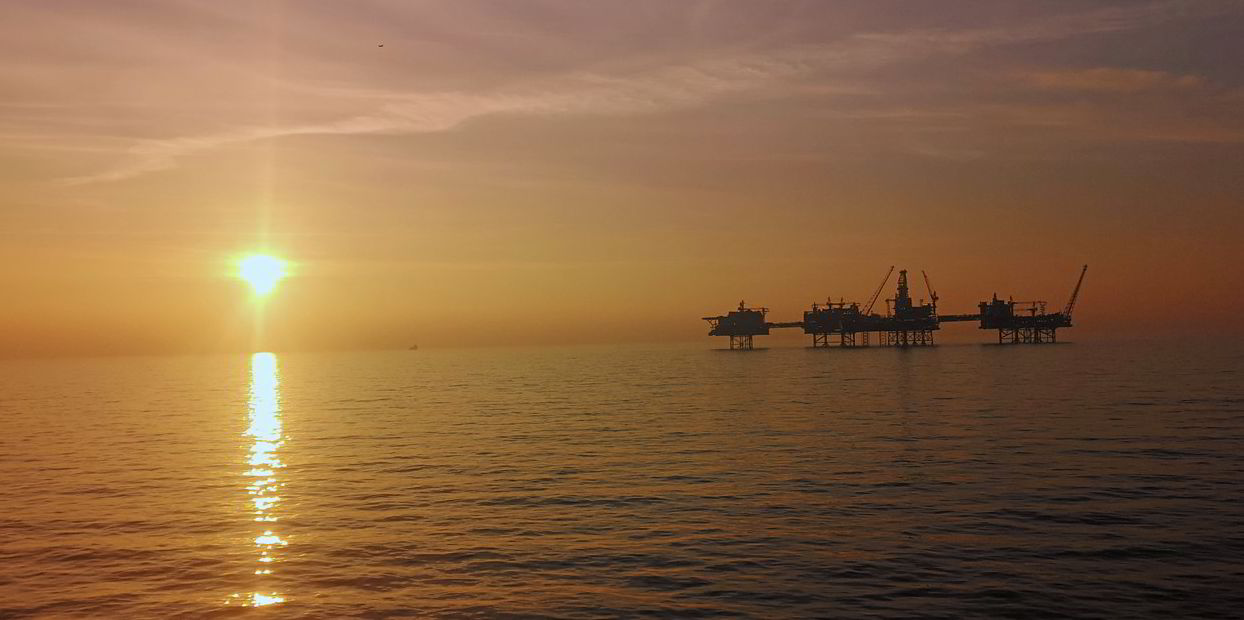New York-listed DHT Holdings has added some extra liquidity after a quarter in which its VLCC fleet booked another loss.
DHT said on Monday that it has sold the 298,000-dwt DHT Hawk (built 2007) for $40m and twin DHT Falcon (built 2006) for $38m. The buyer was not identified.
The Svein Moxnes Harfjeld-led tanker owner said it expects to book a profit of $12m on the two sales once it repays debt on the vessels, and will net $65m in cash.
The sales come following another quarter in the red. DHT posted a first-quarter loss of $17.3m, or $0.10 per share, as its VLCCs earned an average time charter equivalent rate of $17,100 per day. Spot rates came to $11,900 per day.
On an adjusted basis, DHT lost $0.15 per share, which fell short of the consensus analyst expectation of a $0.12 loss.
Stifel equity analyst Ben Nolan said the result also fell short of his estimate of a $0.09 loss.
“The miss was almost entirely related to lower spot earnings than we had anticipated. VLCC spot rates came in at $11,900 a day relative to our estimate of $18,071 a day for the first quarter,” Nolan told clients.
But DHT was off to a better start in the current quarter with a time-charter equivalent rate of $24,800 per day with 69% of days booked, not including profit splits on time charters. This is typically not a pure spot rate as DHT combines vessels under period coverage.
Nolan called the rate “much healthier…relative to our expectations of $25,000” per day, yet he expected DHT to trade worse than its peer group on Tuesday on the earnings miss and in-line guidance.
DHT's net charter revenue of $38.7m also fell short of analyst expectations of $41.6m.
The revenue figure was well below the $71.3m earned in the first three months of 2021.
“The near-term market outlook is impacted by a variety of events,” DHT said in its report.
“The Covid situation in China and its lockdowns has delayed the demand recovery. This coincides with an inflationary environment, and in particular high oil and gas prices, weighing down on certain economic activities and oil demand.”
This is combined with some route dislocations from the Ukraine crisis that have increased tonne miles, DHT said.






